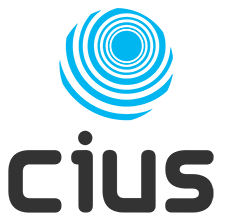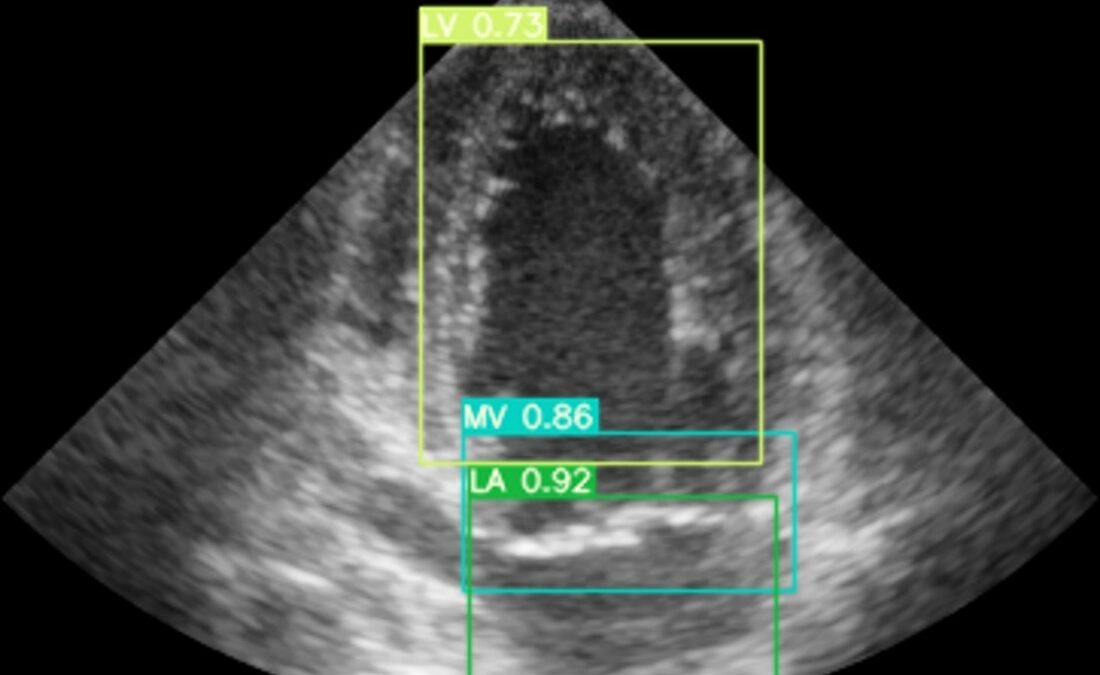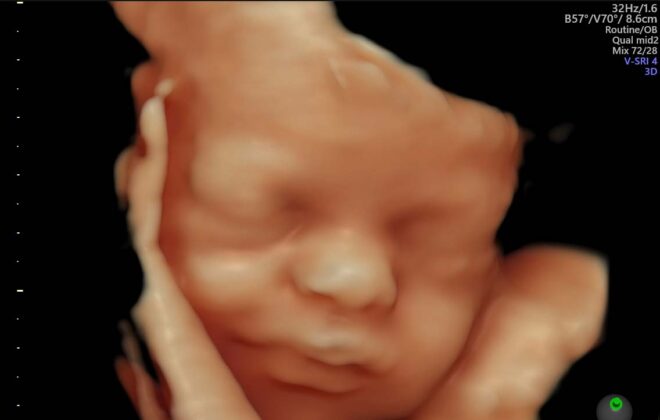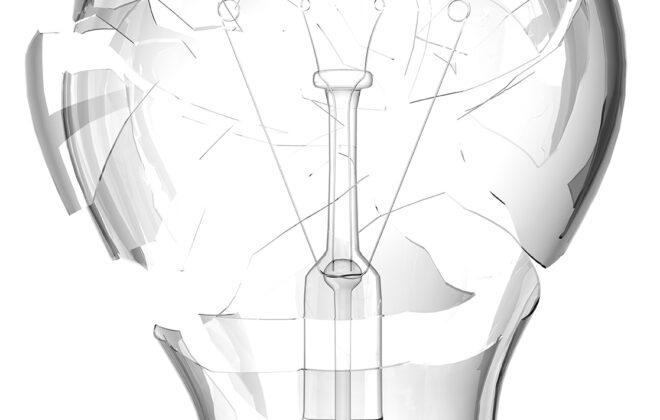Taking heart imaging out of the hospital with AI
You have certainly heard about Artificial Intelligence (AI), but have you ever wondered what it is used for? If not, an excellent example of Artificial Intelligence is self-driving cars. The car computer acts as a brain, and cameras as eyes. But this is just a bunch of electronics, and, like a newborn, the ability of a computer to understand the world is limited.
However, researchers have found a way to make the computer grow up so that it can take the driver’s licence. They use Machine Learning, a form of Artificial Intelligence. To teach the computer to drive, they make it experience real-world situations by showing it images from actual streets. If the computer avoids the pedestrian, it receives a reward. If the computer makes the car hit the pedestrian, it gets corrected. Thankfully, the computer is educated in the digital world, where pedestrians do not get hurt. After some rounds of teaching and correction, the computer is ready for the real world and is so good that it could easily pass the driver’s licence test.
The common point with heart imaging is that it is possible to make computers grow up so that they can interpret medical images as doctors do.
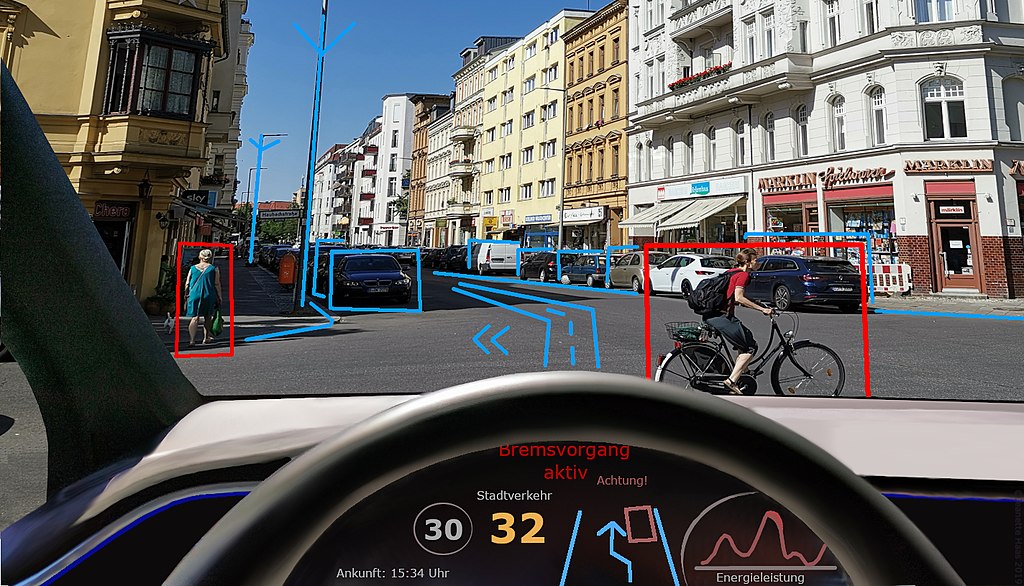
Now what if the same technology can be used to accurately diagnose a heart attack by a paramedic before you get to hospital? Or by a community nurse in rural areas using an ultrasound probe connected to his or her mobile phone so that the patient can be sent on to specialist care?
This is doable using small, portable ultrasound devices, especially if we add artificial intelligence!
The entry of wireless, small, portable ultrasound devices into the market has already made ultrasound imaging widely available, from general practitioner’s offices to emergency vehicles. Their low price is also an opportunity for low-income countries to improve access to care.
However, despite the availability of the equipment, its usage not yet spread as there are few skilled operators who can perform accurate ultrasound examinations of the heart, also known as echocardiography.
How is CIUS contributing to this?
My fellow researchers at CIUS and I believe that simplifying ultrasound imaging is necessary for portable devices to be used on a large scale. We develop algorithms that help low-experienced users find their way through heart chambers and valves to acquire images like those from experienced cardiologists.
Once the acquired images are good enough, these users also need assistance interpreting the images. Similarly to the self-driving car answering the question “should I brake before the pedestrian steps on the road?”, we develop algorithms to answer questions like “does this heart look healthy or are there signs of dysfunction?”.
With portable ultrasound, it is technically possible to take echocardiography out of the hospital. If we at CIUS succeed at making it simple for non-expert, there is a chance that it will be accepted by users like general practitioners, as the stethoscope was in 1816. Our innovations can then contribute to making the usage of ultrasound imaging preventive and detecting heart diseases before symptoms appear.
